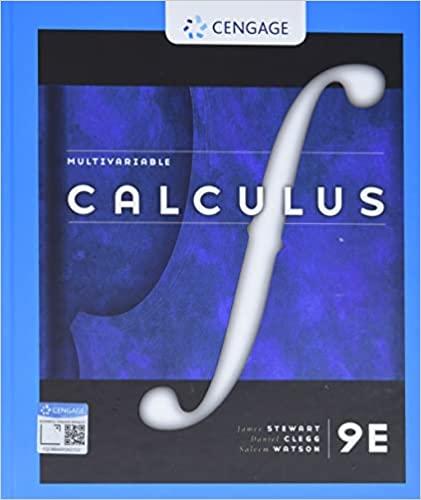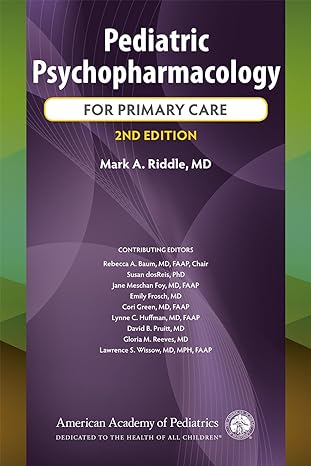Go back


Application Of Nuclear Magnetic Resonance Spectroscopy In Organic Chemistry(2nd Edition)
Authors:
L. M. Jackman, D. H. R. Barton, W. Doering, S. Sternhell

Cover Type:Hardcover
Condition:Used
In Stock
Include with your book
Free shipping: April 06, 2024Popular items with books
Access to 3 Million+ solutions
Free ✝
Ask 10 Questions from expert
200,000+ Expert answers
✝ 7 days-trial
Total Price:
$0
List Price: $72.95
Savings: $72.95(100%)
Book details
ISBN: 0080229530, 978-0080229539
Book publisher: Pergamon (January 1, 1969)
Get your hands on the best-selling book Application Of Nuclear Magnetic Resonance Spectroscopy In Organic Chemistry 2nd Edition for free. Feed your curiosity and let your imagination soar with the best stories coming out to you without hefty price tags. Browse SolutionInn to discover a treasure trove of fiction and non-fiction books where every page leads the reader to an undiscovered world. Start your literary adventure right away and also enjoy free shipping of these complimentary books to your door.
Application Of Nuclear Magnetic Resonance Spectroscopy In Organic Chemistry 2nd Edition Summary: Applications of Nuclear Magnetic Resonance Spectroscopy in Organic Chemistry, Second Edition focuses on the applications of nuclear magnetic resonance spectroscopy to problems in organic chemistry and the theories involved in this kind of spectroscopy. The book first discusses the theory of nuclear magnetic resonance, including dynamic and magnetic properties of atomic nuclei, nuclear resonance, and relaxation process. The manuscript also examines the experimental method. Topics include experimental factors that influence resolution and the shapes of absorption lines; measurement of line positions and identification of the chemical shift; and measurement of intensities. The text reviews the theories of chemical effects in nuclear magnetic resonance spectroscopy and spin-spin multiplicity and the theory and applications of multiple irradiation. The book also tackles the theory of chemical shift, including the classification of shielding effects, local diamagnetic proton shielding, solvent effects, and contact shifts. The publication is a dependable source of data for readers interested in the applications of nuclear magnetic resonance spectroscopy.
Customers also bought these books
Frequently Bought Together
Top Reviews for Books
Gianluca Bove
( 5 )
"Delivery was considerably fast, and the book I received was in a good condition."










